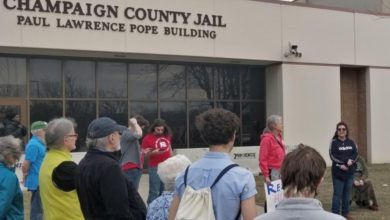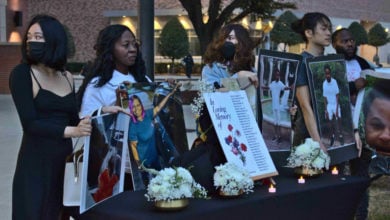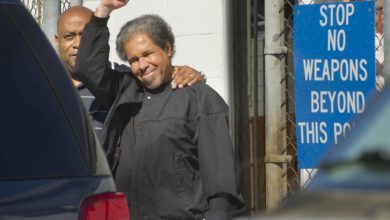Forty-two years after the heroic uprising by inmates in New York State’s Attica prison, State Attorney General Eric Schneiderman is petitioning the state courts for the release of sealed documents from a 1975 special commission that investigated the uprising and its aftermath. The hundreds of pages of sealed evidence are a part of the Meyer Commission Report, which was only partially released. If the courts comply with the attorney general’s request then all of the unreleased pages, which include grand jury testimony on the actions of authorities, will become public.
While the contents of the documents are not known, the Attorney General’s office is promoting the potential release as the final chapter in the Attica story, able to reveal the complete truth of what happened when the authorities brutally ended the uprising, killing 32 inmates and 11 guards while storming the prison.
The released sections of the Meyer Commission report noted key omissions and conflicts of interest in the investigation into the murderous response to the prisoners’ uprising ordered by New York Governor Nelson Rockefeller. The full report could reveal even greater misconduct and perhaps evidence of a concerted cover-up to shield police officers and corrections officials from criminal prosecution.
Attica remembered
The potential release of these documents promises to start a new conversation regarding the historic uprising of prisoners that was part and parcel of the broader movement aimed at revolutionizing U.S. society that swept the country in the late 1960s and early 1970s.
The vastly overcrowded Attica Prison, packed to the rafters with primarily Black and Latino inmates was brutally and inhumanely run. Prisoners, who had studied revolutionary literature from Marx to Fanon and Nkrumah, decided to take action and assert their right to be treated as human beings.
They drew up a 27-point manifesto detailing conditions and demanding action. After receiving no response, and in the wake of the criminal murder of Black Panther leader George Jackson in California, roughly 1,500 inmates in Cell Block D took over the prison, taking guards hostage to ensure their demands got a fair hearing.
After four days, the prisoners, none of whom had guns, stated they were more than willing to resolve the situation peacefully if Governor Rockefeller would negotiate with them. Instead Rockefeller sent in hundreds of state troopers, national guardsmen, and corrections officers to drown the rebellion in blood.
The actions of the state in Attica were in line with the efforts of authorities during those revolutionary times to quell mass movements that could not be contained in the system. During that time, a range of illegal and brutal methods from frame-up to assassinations were launched against revolutionary organizations and individuals. It is to be hoped that the release of further documents can reveal to a much greater extent the criminal actions of the state of New York in suppressing this attempted manifestation of their humanity by prisoners.
Attica still reverberates
The conditions that existed inside Attica prison in 1971, from overcrowding to filth, are widespread in prisons to this day. And in the spirit of the Attica uprisings, the past several years have seen prisoners rise up in state from California to Georgia asserting their right to be treated like human beings.
Similar to Attica these strikes and other actions have cut across the rigid racial and religious lines that prison authorities foster to keep inmates in the most subjugated position possible.
Forty-two years on and the legacy of the “Attica Brothers” has not been buried.
Eugene Puryear is the author of the recently published book “Shackled and Chained: Mass Incarceration in Capitalist America” (PSL Publications, 2013), which can be ordered at ShackledAndChained.com.





